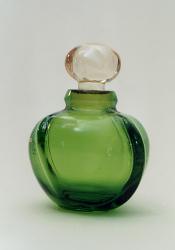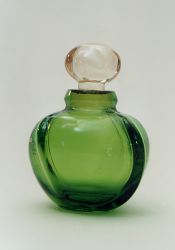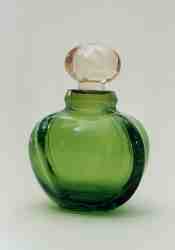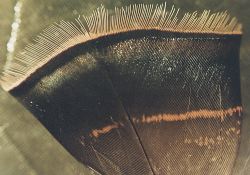
14,134 bytes

4,986 bytes

2,545 bytes
JPEGs
As noted on the previous page, digital files can be huge. With the ability to write CDs and with other forms of data storage being relatively less expensive than before, most photographers that are into digital are able to store at least their best images. However, files this size would make using images on the internet or sending files via email very difficult except for the very patient.
Converting digital files to the JPEG format can greatly reduce their size. JPEG is another one of those acronyms and stands for "Joint Expert Photography Group". (Knowing this probably helps very little). You might also see JPEG written "JPG", "jpeg" or "jpg". Reducing file size via the JPEG format is based on the proposition that we can throw away a lot of the information in the file without significantly hurting image quality. This is usually called "lossey compression".
Think of it this way: if a number of adjoining pixels have the same, or close to the same, value, is it necessary to keep information on every single pixel? As someone once said, JPEG compression is "math not magic". (The real magic is that the photographer doesn't have to do any of the math. That's taken care of by the software). Photo editing software lets the photographer choose varying levels of compression. Very often, a considerable amount of information can be thrown away before one notices the difference. For example, compare the JPEG images below:
 14,134 bytes |
 4,986 bytes |
 2,545 bytes |
 Obviously,
image quality suffered very little with compression that reduced
the file size to almost one-third. On
the other hand, maximum compression results in a noticeable
loss in image quality as "artifacts"
begin to appear. The same amount of
compression will not necessarily result
in the same reduction for all images. Images that
contain much detail will not compress as much as images characterized
by smooth gradients. For example, the bottle
above that received "Medium"
compression has a file size of 4,986 bytes. Although
it is horizontal, the feather image on the right is the
same size and resolution as the bottle above.
However, its file size is 11,696 bytes.
Obviously,
image quality suffered very little with compression that reduced
the file size to almost one-third. On
the other hand, maximum compression results in a noticeable
loss in image quality as "artifacts"
begin to appear. The same amount of
compression will not necessarily result
in the same reduction for all images. Images that
contain much detail will not compress as much as images characterized
by smooth gradients. For example, the bottle
above that received "Medium"
compression has a file size of 4,986 bytes. Although
it is horizontal, the feather image on the right is the
same size and resolution as the bottle above.
However, its file size is 11,696 bytes.
If you are using photo-editing softwareyou should remember that compression is additive. In other words, if you compress a JPEG you increase the amount of compression. It is usually best to do adjustments or manipulations on an uncompressed image and then compress it. It it is an important image, always store the uncompressed image in case you want to make further changes.